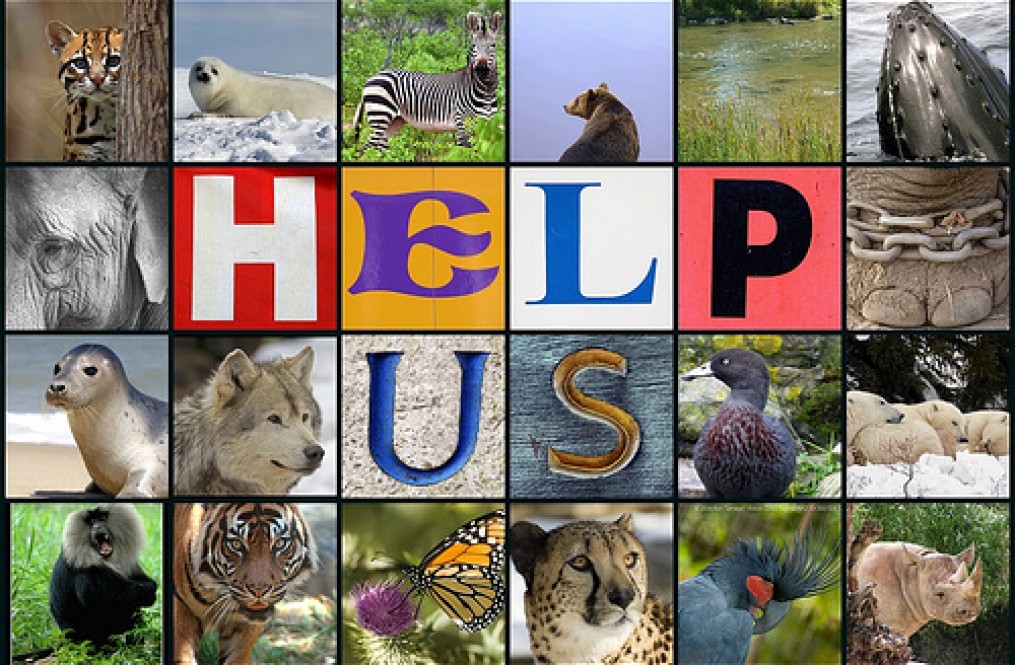Our planet is entering a new era: the so-called Anthropocene, where human activity has overwhelmingly and irreversibly altered the geology and ecosystems of our planet. Along with changing the atmosphere, earth, seas, and forests, this brave new world has a lot less wild animals.
In fact, it could spark the biggest mass extinction of wildlife since the dinosaurs.
The new “Living Planet Report” by the World Wildlife Fund (WWF) and Zoological Society of London (ZSL) has revealed that global populations of fish, birds, mammals, amphibians, and reptiles are on course to decline by 67 percent by 2020, compared to 1970 levels. Wildlife populations have already declined by 58 percent between 1970 and 2012.
The figures and projections were based on the data trends of about 14,200 populations of 3,700 different vertebrate species across the globe. Their findings are the world’s most comprehensive survey of the health of our planet ever compiled.
The most prevalent threat to wildlife is loss of habitat. Specifically, the WWF say much of the destruction and degradation of habitats is caused by unsustainable agriculture, industrial infrastructure, logging, mining, energy production, and commercial development.
Other key factors include overexploitation, poaching, pollution, invasive species, and climate change.
The report says the next biggest challenge is to address food production. Our rocketing world population attempting to live off a struggling and finite planet is set to increase the pressure on all of these elements, especially the destruction of habit for agricultural land and the overexploitation of species.
But although we are living on the edge, all isn’t lost just yet.
“These are declines – they are not yet extinctions – and this should be a wake-up call to marshal efforts to promote the recovery of these populations,” Professor Ken Norris, Director of Science at ZSL, said in a statement.

Help Us – Spread the Awareness!
In case you’re thinking we might as well give up before we start, bear in mind that the past few months has seen the Paris Climate Agreement, where 195 countries agreed together to limit global carbon emissions, and the CITES Wildlife Summit, which successfully increased levels of protection of sharks, rays, pangolins, African grey parrots, psychedelic rock geckos, and many other endangered species. If governments, industry, and citizens act now and continue these efforts, the planet’s fate could be a lot less bleak.
“For the first time since the demise of the dinosaurs 65 million years ago, we face a global mass extinction of wildlife. We ignore the decline of other species at our peril – for they are the barometer that reveals our impact on the world that sustains us. Humanity’s misuse of natural resources is threatening habitats, pushing irreplaceable species to the brink and threatening the stability of our climate,” added Mike Barrett, Director of Science and Policy at WWF-UK.
Watch: Julia Roberts Taught Me More In Less Than 2 Minutes Than Anyone Else Has Done My WHOLE Life! [Video]
You can see the full report here and a shorter summary here.
Originally taken from IFL Science
